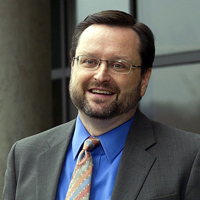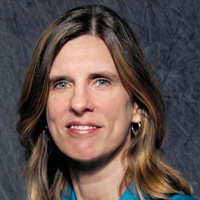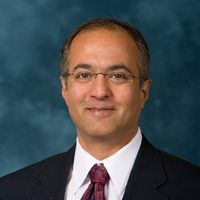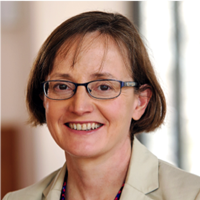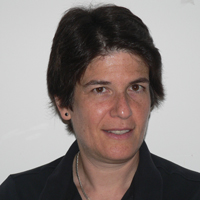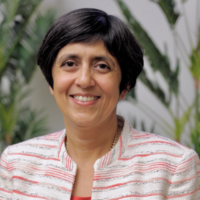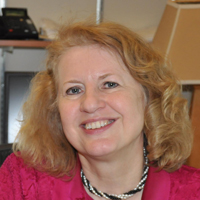
Research Highlight: CRA Board Member Julia Hirschberg
My research sits at the intersection of Natural Language Processing (NLP) and speech processing. I have focused on identifying the role of prosodic information in speech and using this knowledge to produce more realistic Text-to-Speech Synthesis (TTS) systems; to detect many types of speaker state, including the classic emotions, such as anger, disgust, fear, happiness, sadness, and surprise; and derived emotions, such as confidence and uncertainty, deception, trust, and charisma. I’ve also studied human-machine and human-human behavior in Spoken Dialogue Systems (SDS) and Human-Computer Interaction (HCI).



